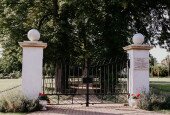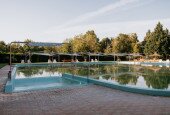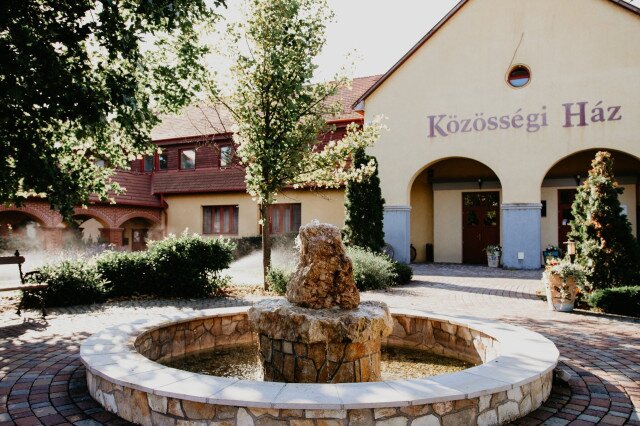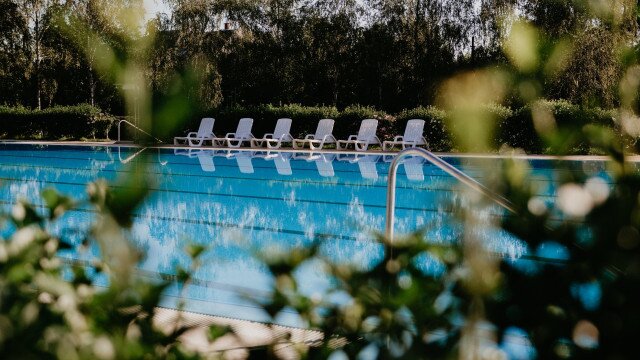Petőháza
It is located in the north-west of Kisalföld,
Attractions:
Petőházi Sugar Industry Collection: The collection introduces visitors to the history of sugar. The past of the factory is demonstrated by pictures of old equipments and a series of recognition certificates in the corridor. During the construction of the sugar factory in
During the construction work, a gilded copper chalice was found at the brook Ikva. It was named Cundpald Chalice after its maker, who engraved his name in the chalice. He may have been a Christian missionary priest who was in the area during the campaign of Charlemagne against the Avars at the end of the 7th century. Today you can see it in the permanent archeological exhibition in the Fabricius House.
Outdoor spa: It features a heated children's pool, a 33-metre long swimming pool for those who want to swim, and medically tested medicinal water for those who want to recover.
Arboretum: The arboretum was established by the sugar factory in the 1980s in the area behind the sports grounds. Protected and native plant varieties were planted here. A fishpond was created in the arboretum in 1990 to collect excess thermal water from the factory (the water from the thermal well drilled in 1970 was also used by the sugar factory) and to collect excess water from the spa.
Holy Trinity Church: The church was built in 1902-1903. Its designer - János Schiller - imagined the church in Neo-Romanesque style, and the tower in Neo-Gothic style. It was consecrated on 3 September
Park of Respects: In the summer of 2016, the Park of Respects was created on the site of the old cemetery. Between 1868 and 1963, the inhabitants of Petőháza laid their loved ones to rest here. The wrought iron gate of the entrance was made in 1847.









